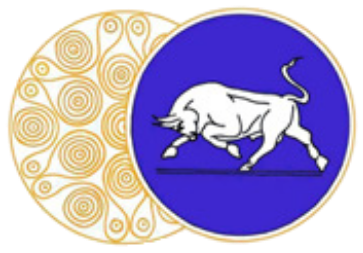You are invited to an IIHSA In Person Lecture on Thursday, May 9th 2024 at 7.30 pm (Greek time)/ 5.30 Irish time by Anastasia Dakouri-Hild (Associate Professor, Art Department, University of Virginia) Eleni Andrikou (Director, Ephorate of Antiquities of East Attica, Greek Ministry of Culture) & Stephen Davis (Assistant Professor, School of Archaeology, University College Dublin), ‘The Kotroni Archaeological Survey Project (KASP) at Ancient Afidna in Northern Attica: a Synthesis from the Seasons of 2019-2023.’
Abstract: The contemporary site of Kotroni is located about 30 km north of Athens, near the modern town of Kapandriti. Situated in the northern part of Diacria, the site lies to the north of the river Marathon which feeds the Marathon reservoir today. In the early 19th century G. Finlay described an isolated hill rising “to the height of several hundred feet. On its summit there are remains of an ancient fortress, and traces of habitation on its sides […] the hill is beautifully situated overlooking the fine undulated and well-wooded country through which the river of Marathon flows”. The citadel has been identified as the center of the ancient, constitutional demos of Afidna, and alleged to have been one of the original twelve districts which the legendary king Cecrops II brought together initially to create the polis of Athens, with the process of synoecism completed by the founder hero of the city, Theseus. KASP explores this significant diachronic archaeological landscape within its environmental, geographical, and cultural landscape utilizing a combination of historical research, digital applications, and conventional field techniques such as survey. The project systematizes piecemeal information about this landscape known to scholarship since the 19th c. and substantially and non-destructively augments the record by means of systematic collection of surface artifacts, remote sensing, geophysics, geological and geomorphological analysis. This talk presents the results of the 2019, 2021, 2022 and 2023 seasons including the outcomes of remote sensing, geoarchaeology, geophysics, and intensive survey. We discuss new evidence for habitation and economic activity within the immediate catchment area of the citadel, and identify several new sites dating from prehistory through the Ottoman era discovered during the survey.
The lecture will be attended in-person only in the IIHSA’s seminar room. Book here with Eventbrite:

